When asked what the Sturm actually was, Expressionist poet and dramatist August Stramm replied: “The Sturm is Herwarth Walden”. But who was Herwarth Walden?
On March 3, 1910, Herwarth Walden published the very first issue of his magazine, which during its lifetime emerged as a crucial forum for the artistic and literary avant-garde: DER STURM (English: The Storm). The name set the agenda. From that point onwards, thanks to Herwarth, his weekly journal, his gallery of the same name and its artists, a storm was to rage through the ossified cultural establishment and the bourgeoisie of Wilhelmine Germany. In contrast to many of his colleagues, Herwarth Walden was aware right from the beginning that the dawn of a new artistic epoch also had to include the end of the exclusion of women as artists. Walden was therefore not only a key figure in the world of the STURM, but also a patron of female artists – and thus something of an exception in the early 20th-century art world.
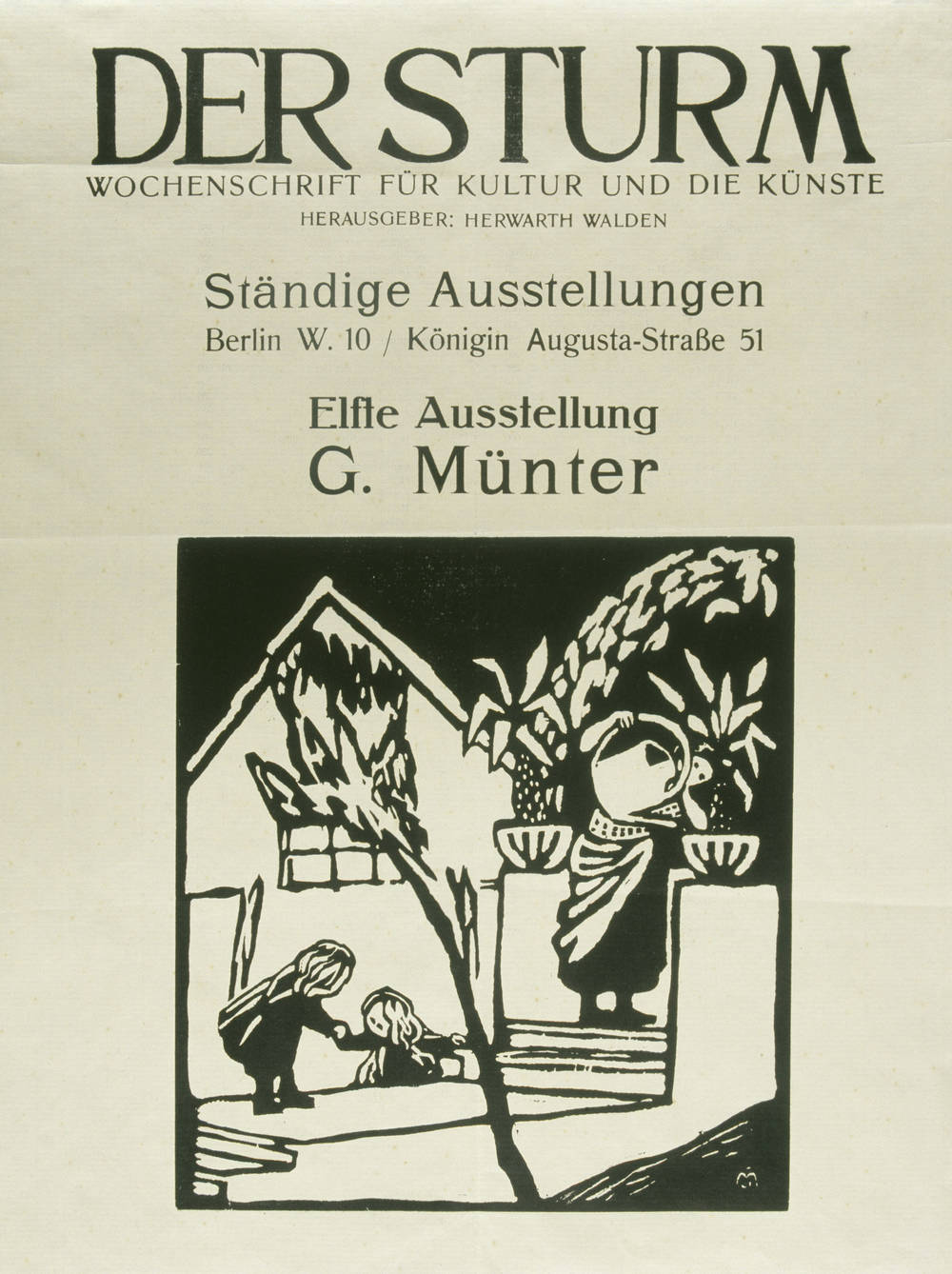
But let’s start at the beginning: Herwarth Walden was born as Georg Lewin on September 16, 1879, into a prosperous, upper middle-class Jewish family. His musical talent was evident early on: In his youth he studied composition and piano, wrote prose and lyrics, and won his spurs as a critic of literature, music and art. In 1904, when he was in his mid-twenties, Lewin founded the “Verein für Kunst” art association, inviting all those who had made a name for themselves in literature, music and critique to join: His then wife Else Lasker-Schüler, Alfred Döblin, Maxim Gorki, August Stramm, Heinrich and Thomas Mann read here; works by Goethe, Heine, Hofmannsthal and Rilke were recited, lectures held, poetry set to music, and modern dance performances and compositions by Gustav Mahler, Arnold Schönberg, Richard Strauss and Herwarth Walden staged. One-act plays, such as “Lydia und Mäxchen” by Alfred Döblin, also premiered there. The association gave the artistic elite a forum for interaction among like-minded people. It was also during these years that Lewin was given his pseudonym by Else Lasker-Schüler, which was later to become his official name: Herwarth Walden, taken from Henry Thoreau’s “Walden: Or, Life in the Woods”.
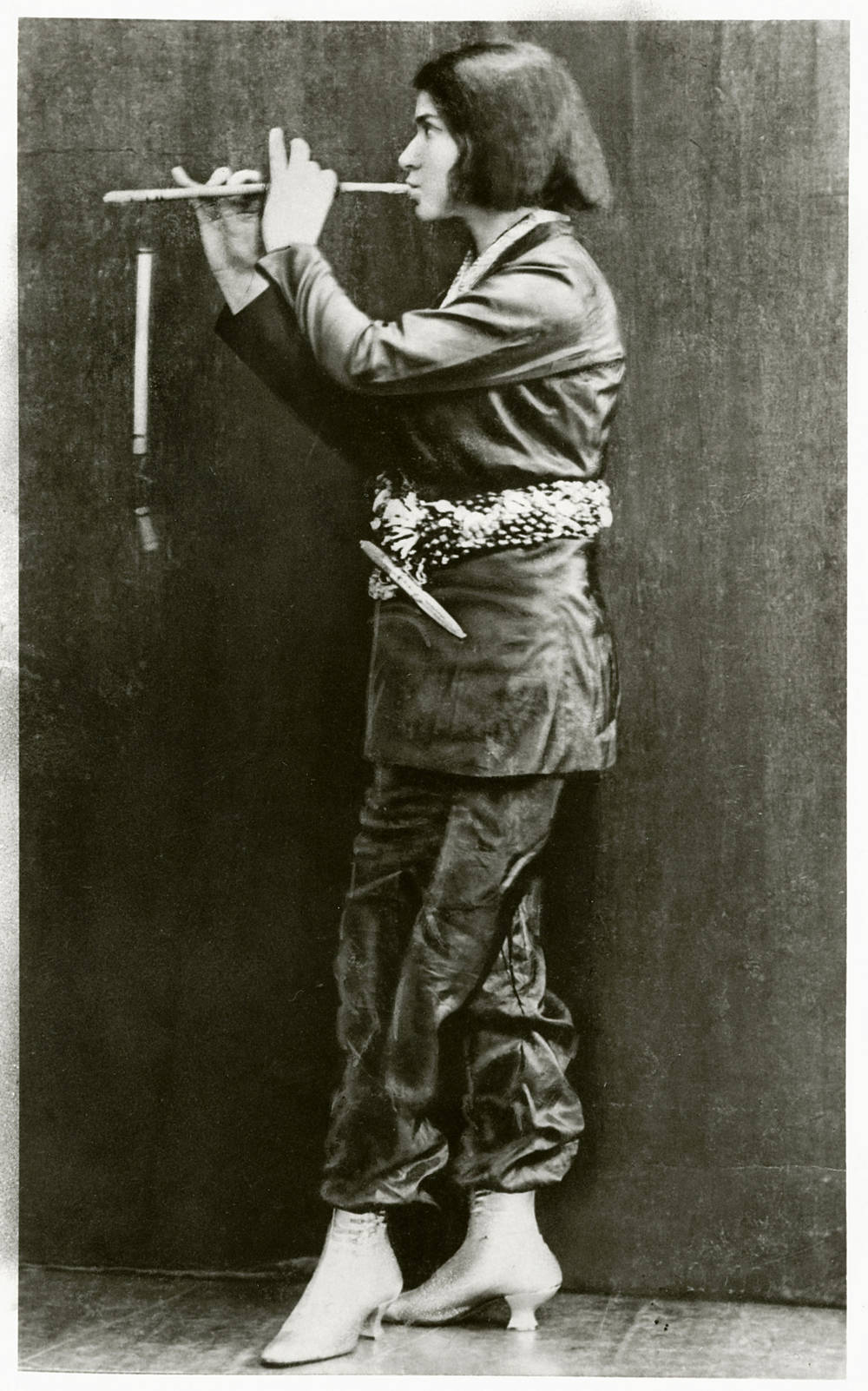
Together with Expressionist writer Döblin, Herwarth Walden founded DER STURM in 1910. For 22 years the journal was to remain the mouthpiece of the German avant-garde, and particularly of Expressionism in art and literature. In 1912 Walden also opened his first gallery, which exhibited works by Marc Chagall, Franz Marc, Wasily Kandinsky, Paul Klee, Gabriele Münter, Sonia Delaunay, Else Lasker-Schüler, Marianne von Werefkin and Natalia Goncharova, among others. The STURM stage, a STURM school of art, the STURM evenings with readings that evolved from the “Verein für Kunst”, the STURM bookstore and other STURM activities were to follow. In 1913 Walden also initiated the exhibition of the First German Autumn Salon, covering an area of 1,200 square meters: it was intended to contrast sharply with the Sonderbund exhibition, which had exhibited the established Modernist Impressionism a year before in Cologne.
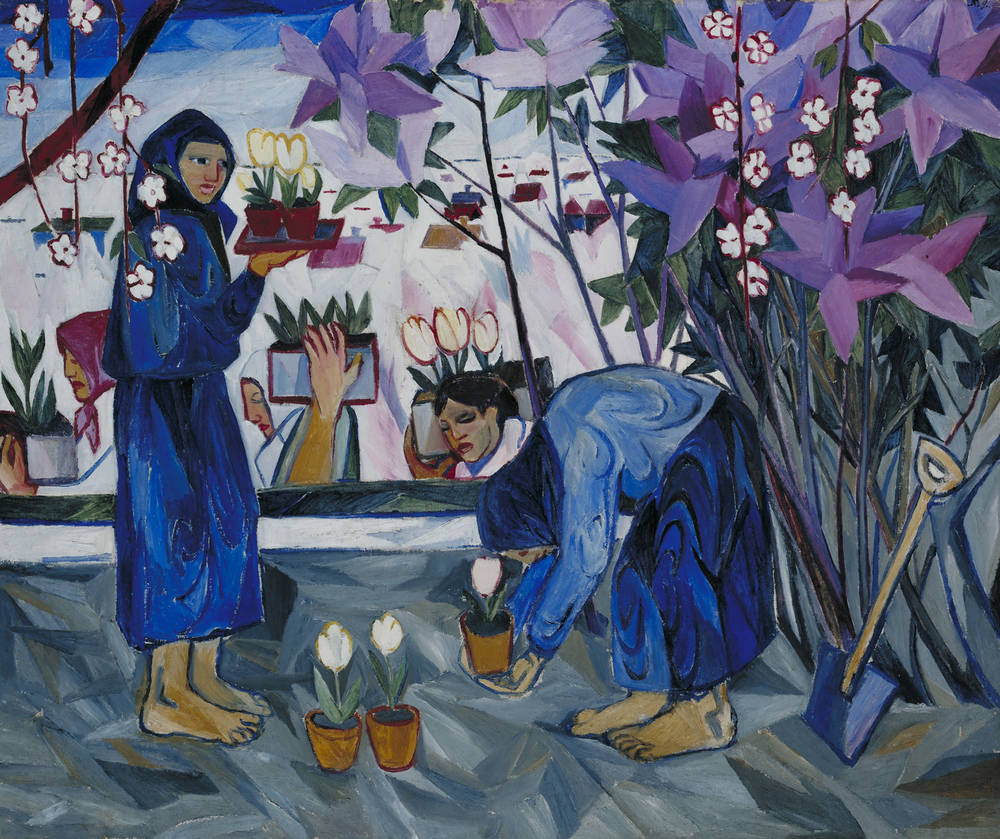
Unlike other groups of the early 20th century, under Walden’s leadership the STURM focused first and foremost on the artworks and not on the origins or gender of their creators. He was as likely to find artists in Paris, Vienna and Moscow as in Berlin or Munich. Hence the oeuvre most frequently presented in the STURM exhibitions was that of female Dutch painter Jacoba van Heemskerck. She was closely followed by the Swedish-born painter Nell Roslund, who became Walden’s second wife in 1912. Before the STURM Gallery closed in 1932, Walden had exhibited works by over 30 female painters and sculptors – more than any other gallery of the era. The freedom of arts and styles was the overriding principle.
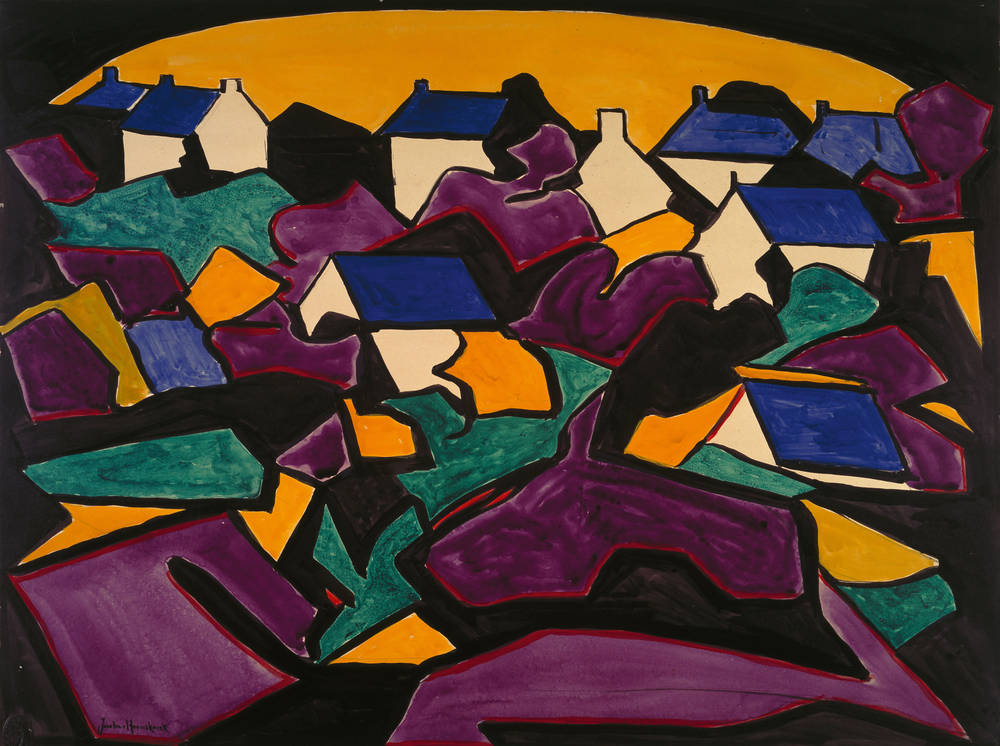
As National Socialism gradually gained ground, this philosophy came increasingly under threat. Having joined the German Communist Party in 1918, Herwarth Walden assigned the Walden art collection to his ex-wife Nell Roslund when they divorced in 1924. In 1932, following the death of his third wife two years earlier from tuberculosis, Walden eventually resettled in the Soviet Union with translator Ellen Bork. The year 1932 was therefore one of radical change – for both the STURM and for Herwarth Walden.
The year 1932 was therefore one of radical change – for both the STURM and for Herwarth Walden.
Walden’s move to Moscow spelled the end of the STURM. Both the gallery and the journal were disbanded. The art collection had long been in the hands of Nell Roslund, who saved it by fleeing to Switzerland to escape the Nazis. In his new homeland Walden married Ellen Bork and worked as a teacher and a publicist, but his sympathies for the avant-garde meant the Stalinist government quickly became suspicious of his leanings. In 1941 Herwarth Walden was wrongfully jailed for treason, and died in the same year in a Soviet prison. While the STURM women disappeared from the public eye in the years that followed, a mist likewise shrouded the end of Herwarth Walden as the “Storm” of the early decades of the 20th century abated. His daughter Sina Walden, who had sought refuge in the German embassy with her mother and had moved back to Berlin, first find out the details of her father’s death on visiting Moscow in 1966.
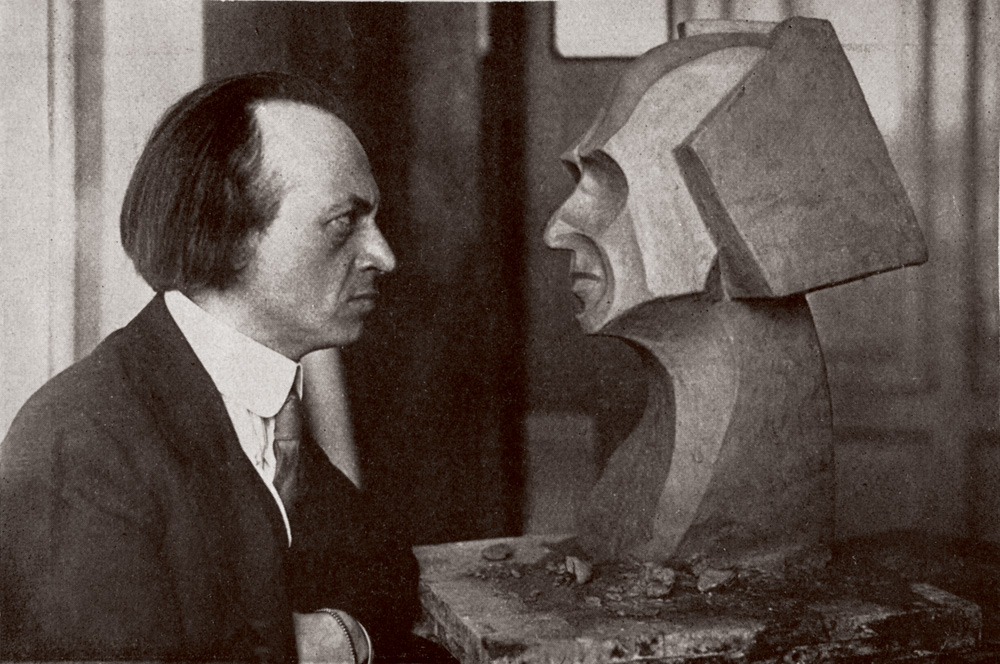
However, or perhaps as a result, Herwarth Walden’s efforts within the art world, his work in the art system and his championing of female artists remain unique. As the originator and leader of all the diverse STURM activities, whether as a non-political advocate of Modernism or as a Communist: when Herwarth Walden subscribed to something, he always did so with passion and utter dedication. The history of the STURM is intricately bound up with the personality of its initiator, whom his first wife Else Lasker-Schüler described as “the greatest artist and the most profound idealist I have ever encountered”.
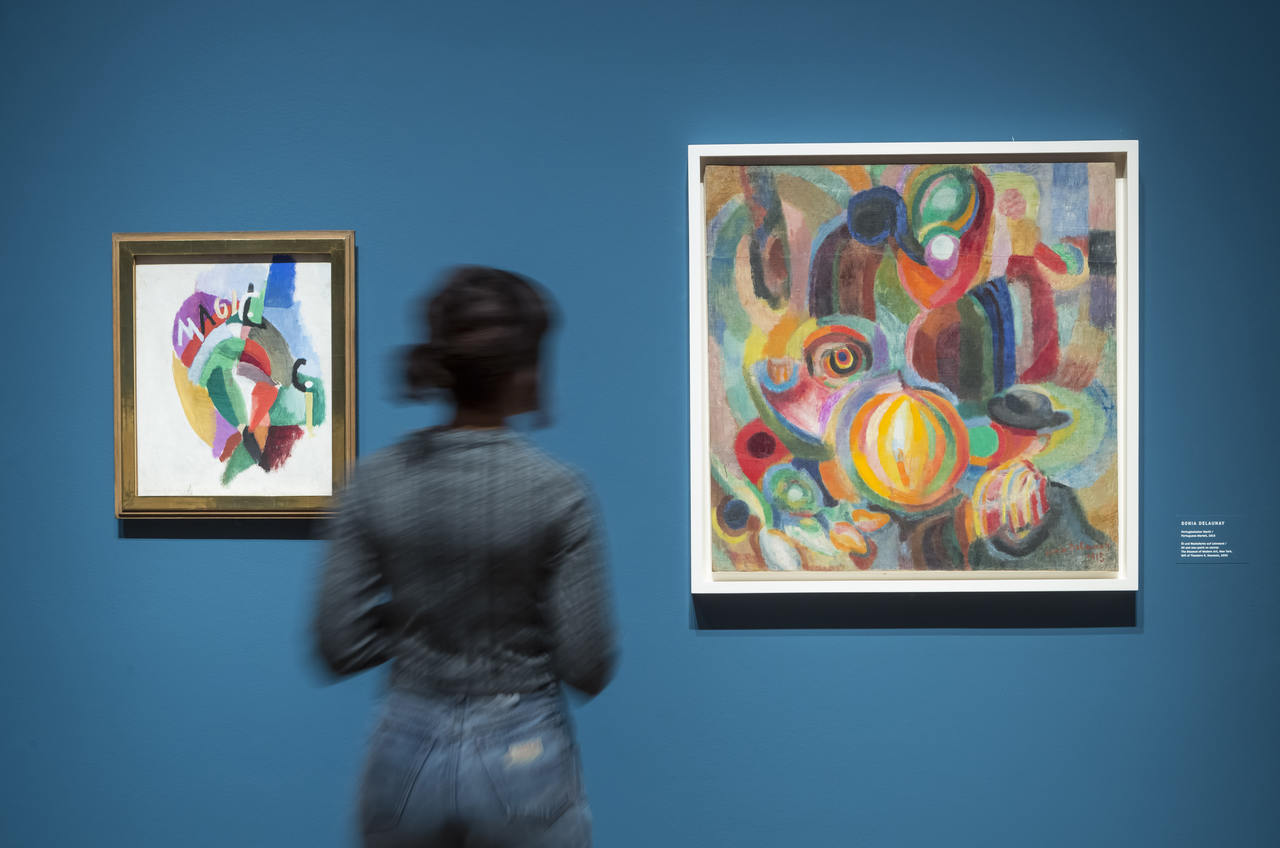
Sonia Delaunay: The liberation of color
Canvases, objects and clothing were all mediums for her clashing color compositions, which to this day have lost nothing of their Modernist feel. A...
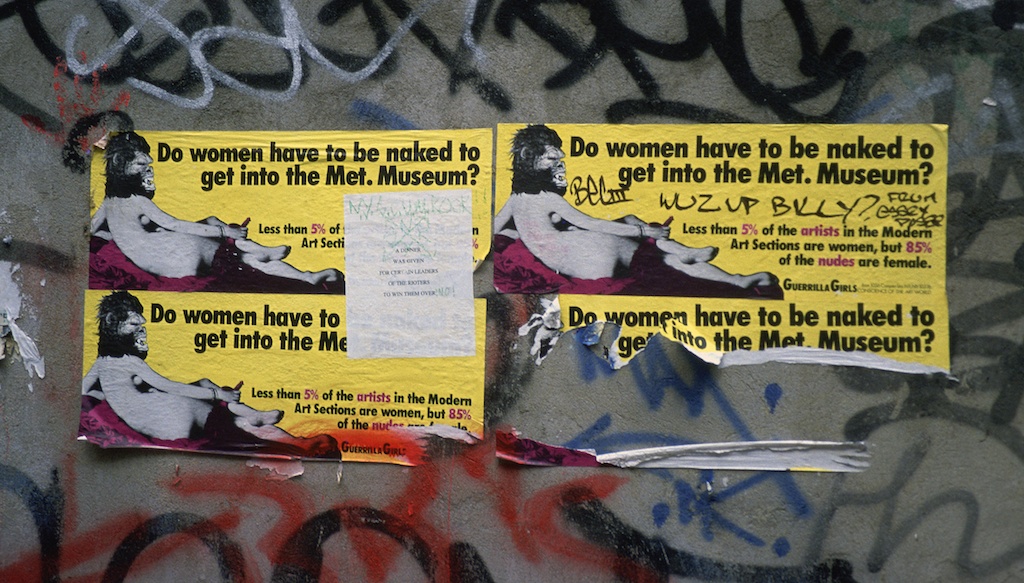
„Your body is a battleground“
Women in art: For a long time women in art were only seen on the canvas. The role of the woman as artist and creative mind has been slowly but surely...